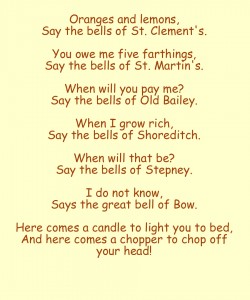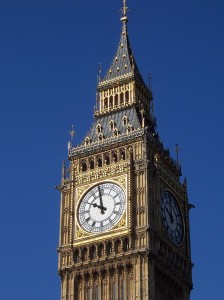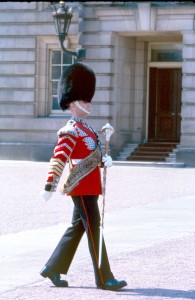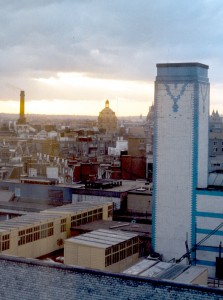Posts Tagged ‘London streets’
Discovering the familiar
When I first went to London, I already knew it, or thought I did. The literature I studied growing up was English literature – novels by writers who lived in England and wrote about English life. From them I learned to find my way around London in my imagination. When I finally walked the London streets in 1962, I recognized names every time I glanced at a signpost. From Dickens I’d learned about the Inns of Court and Chancery Lane. I knew that Savile Row was filled with bespoke tailors, though I had only a vague idea what “bespoke” meant. Bond Street was where expensive jewelry was purchased by upper crust people who visited expensive doctors on Wimpole Street. Carnaby Street was where fashionable young people bought the latest fashions. As a newspaper reporter, I revered Fleet Street, where the great London dailies were headquartered.
The BBC world news, which in New Zealand we listened to on the radio every day, opened with the chimes of Big Ben, the clock at the Palace of Westminster, where the British Parliament met. I knew the sound, but still could write in amazement to my parents: When Big Ben strikes the whole street reverberates.
 A big thrill was hearing the bells of St. Clement Danes in the Strand sing “Oranges & Lemons” as we strolled past for the first time. Back came the singing game we played as children, racing through an arch made by two of our playmates, trying not to get caught.
A big thrill was hearing the bells of St. Clement Danes in the Strand sing “Oranges & Lemons” as we strolled past for the first time. Back came the singing game we played as children, racing through an arch made by two of our playmates, trying not to get caught.
Here’s a Wikipedia page that includes a recording of the St. Clement Danes bells.
I wrote in my notes:
[V]ery difficult not to associate names of places in London with famous songs about them – find myself starting to hum the songs as I read the names.
We went to Buckingham Palace, of course, and I thought of my childhood book-friend Christopher Robin:
They’re changing guard at Buckingham Palace –
Christopher Robin went down with Alice.
Alice is marrying one of the guard.
“A soldier’s life is terrible hard,”
Says Alice.
My memory of those first few days in London is a sense of wonder and excitement as places became real. At the same time, there was a disconnect. I had to let go of expectations that special buildings, Sir Christopher Wren’s St. Paul’s, for instance, were set off from other buildings, up on a pedestal, giving off a radiant glow. Reality was grimy walls and a crushed cigarette packet in the gutter. I wrote:
Peculiar sensation frequently of almost having been here before – not the usual one, connected with place, but connected with names – so familiar, and the outlines themselves so familiar, except that until now we had not known how they stood in the context of the rest of the city. –so this is Big Ben – so this is St. Paul’s – and we know they are, we have always known them, but we did not know that we would find them just here, with this office building on this side, and that park or square on the other. To walk down to the Embankment, and just happen to come upon Cleopatra’s Needle, standing so casually by the river. Somehow I had expected the great tourist attractions to be set apart, and gazed at always in awe. It is a jolt to realise that millions of people live and work alongside them every day of their lives, and take them so much for granted that they hardly see them. They leave the gawking to the tourists, who pour in by the busload, scatter their trash, and depart. The permanent thing is the life that goes on all around these not so very sacred objects, and of which they form a part.
Maureen is exploring the contents of an old black filing cabinet in her attic, which contains 55 years of her writing notes



